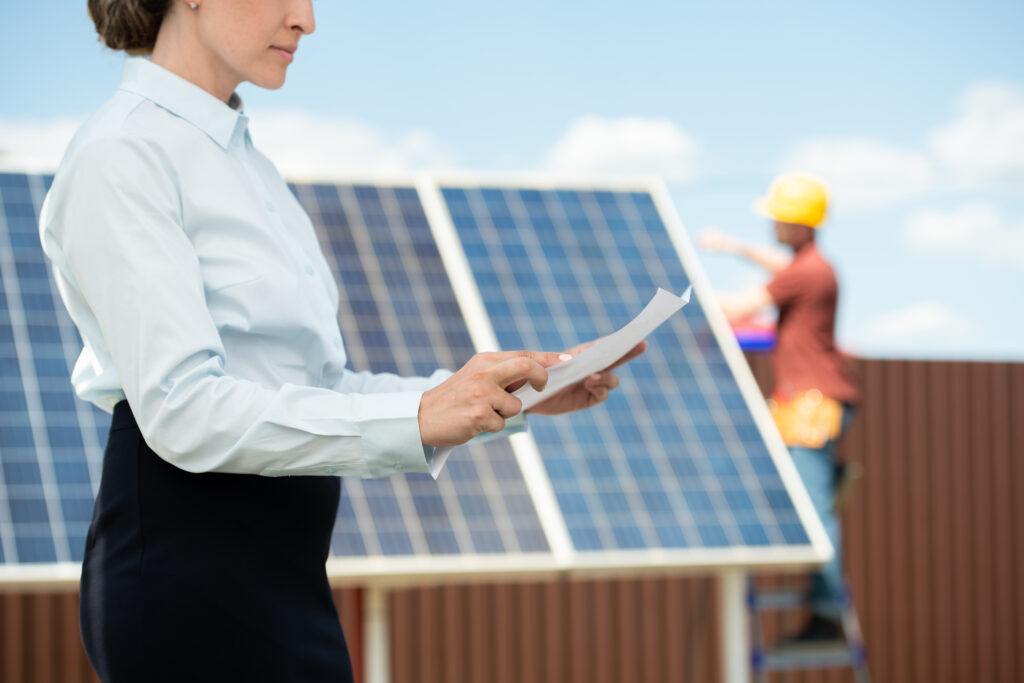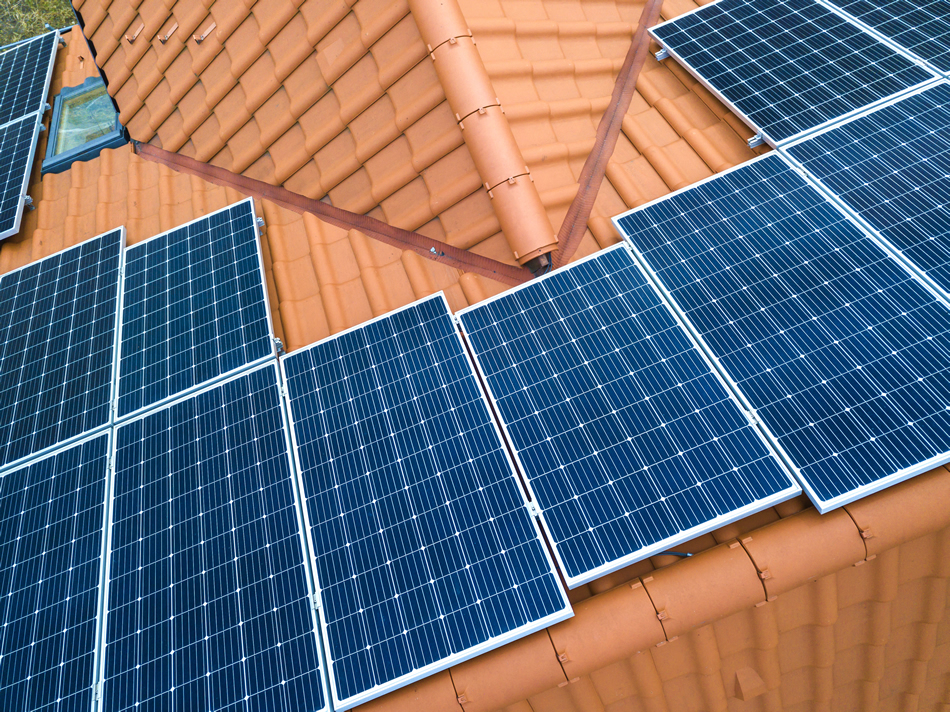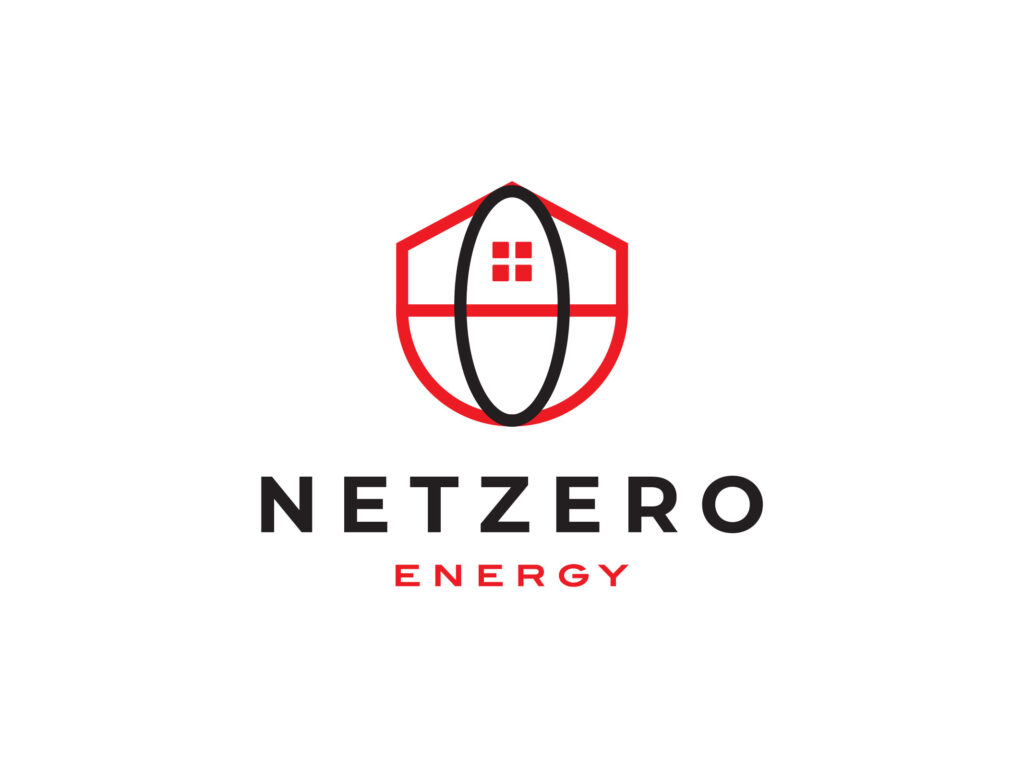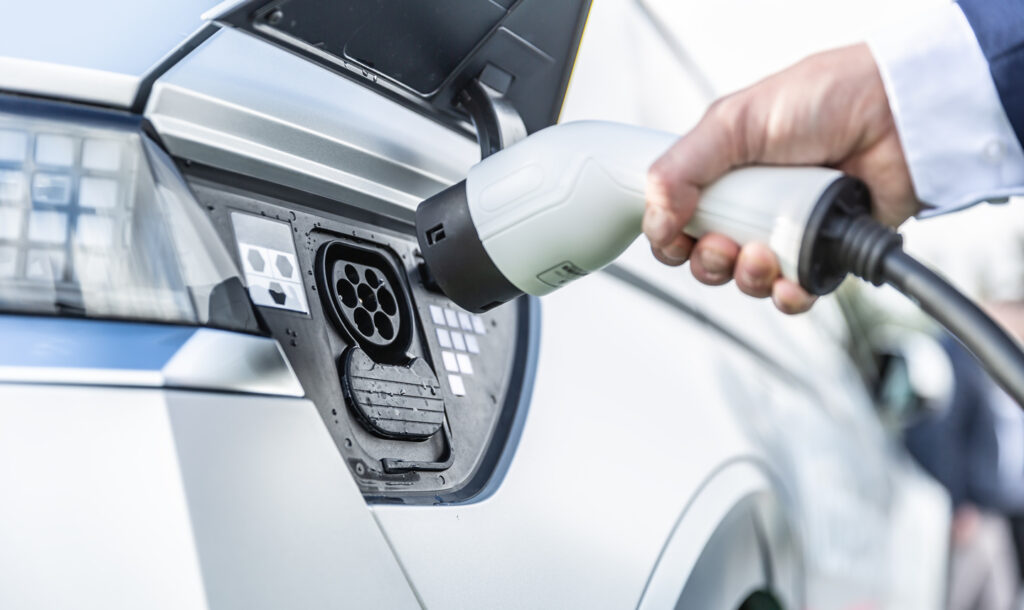Every year consumers are introducing more electronics and smart devices into our homes and businesses, and with this comes increased demand for electricity. So how do we curtail the inevitable increase in utility costs that comes along with this demand? Simply put, energy efficiency and renewable energy. If you have ever purchased an appliance or electronic with the Energy Star logo, switched to using LED light bulbs, or remember to turn off a light when you leave the room, then you already include energy efficiency practices in your life. Most consumers make these changes simply to reduce utility bills and save money. After you have made a few low-cost changes to save money what are the next investments that you may not have considered yet? Let’s take a quick look at home energy efficiency, solar, and electric vehicles.
Energy efficiency is one of the most cost-effective ways to save money on our utility bills (Energy efficiency is the practice of using less energy to perform the same task). The U.S. EPA introduced us to Energy Star, a program to help promote energy-efficient products and reduce greenhouse gases, in 1992. Since its inception, Energy Star labeled products along with, Energy Star buildings and plants, Energy Star for Residential, and Energy Star working with utilities and local governments have saved Americans more than $450 billion in energy costs (energystar.gov). For many, there is still room to make our homes and businesses more efficient by addressing the physical buildings, not just the appliances and electronics contained within them. Energy solutions like air sealing, adding or replacing weather stripping, and making sure you have proper insulation can dramatically reduce your energy bills. The EPA’s Office of Energy Efficiency and Renewable Energy estimates sealing air leaks alone could reduce a home’s energy costs by 5%-30%

Solar energy or specifically photovoltaic(PV) solar cells as we know them today have been around since 1954. Despite the existence of PV solar for close to 70 years it is only within the past two decades or so that PV solar has become more widely adopted, the two main reasons; price, and efficiency. According to energysage.com in 1954 solar panels cost approximately $300 per watt, while today they can be as little as $0.50 per watt, and are about 100 times more efficient than when they were first introduced. Our current PV solar technology has been proven quite effective, in fact, the U.S. Department of Energy estimates that “PV panels on just 22,000 square miles of the nation’s total land area – about the size of Lake Michigan – could supply enough electricity to power the entire United States.” (energy.gov/eere/solar/solar-energy-united-states). The Federal Government, State Governments, and even local utilities have also been incentivizing individual consumers to adopt residential solar through tax credits and incentives for years. There are currently only two years remaining on most of these tax credits and incentives, if you have ever been curious about solar, this is the perfect time to consider talking to a professional and getting a free estimate.


Solar energy or specifically photovoltaic(PV) solar cells as we know them today have been around since 1954. Despite the existence of PV solar for close to 70 years it is only within the past two decades or so that PV solar has become more widely adopted, the two main reasons; price, and efficiency. According to energysage.com in 1954 solar panels cost approximately $300 per watt, while today they can be as little as $0.50 per watt, and are about 100 times more efficient than when they were first introduced. Our current PV solar technology has been proven quite effective, in fact, the U.S. Department of Energy estimates that “PV panels on just 22,000 square miles of the nation’s total land area – about the size of Lake Michigan – could supply enough electricity to power the entire United States.” (energy.gov/eere/solar/solar-energy-united-states). The Federal Government, State Governments, and even local utilities have also been incentivizing individual consumers to adopt residential solar through tax credits and incentives for years. There are currently only two years remaining on most of these tax credits and incentives, if you have ever been curious about solar, this is the perfect time to consider talking to a professional and getting a free estimate.

The first electric vehicle debuted in the U.S. in 1896, and between 1900 and 1912 about one-third of all cars on the road were electric. So why don’t we have more electric vehicles (EVs) on the road today? Until the advancements of battery technology & engineering in the 1990s, EVs were inefficient and expensive compared to gas vehicles. In 2006 Tesla announce the first fully electric vehicle with a 200+ mile range, and with it, it proved that EVs could compete with the gas-powered vehicle. The 2023 model year will be the first time that we see an EV or plug-in hybrid electric vehicles (PHEV) from every major automobile manufacturer. Electric Vehicles are the future of transportation, and while we will surely continue to see advancements in battery technology and charging networks, EVs are here now. So the next time buy a car make sure to consider going electric, you may be surprised what you find.
Here is the Federal Governments resource to find a complete list of credits and incentives available in your area: dsireusa.org








